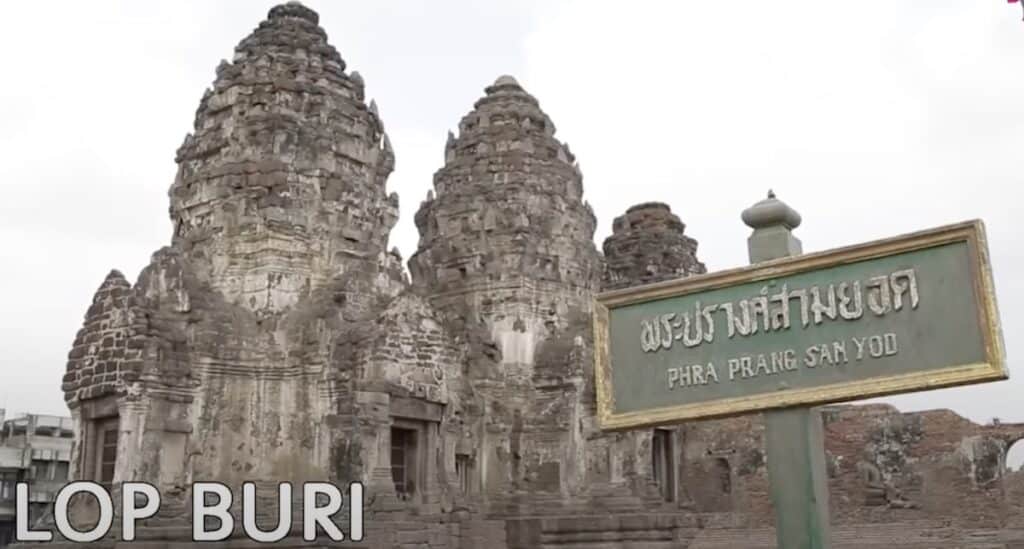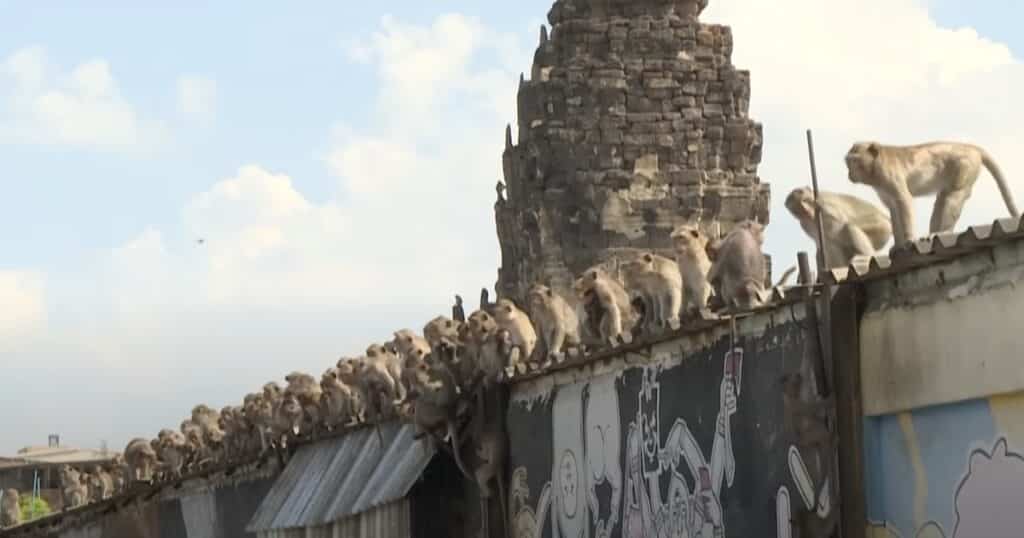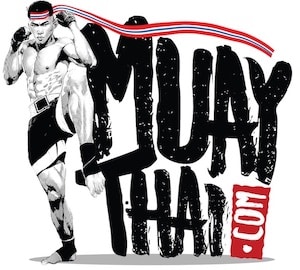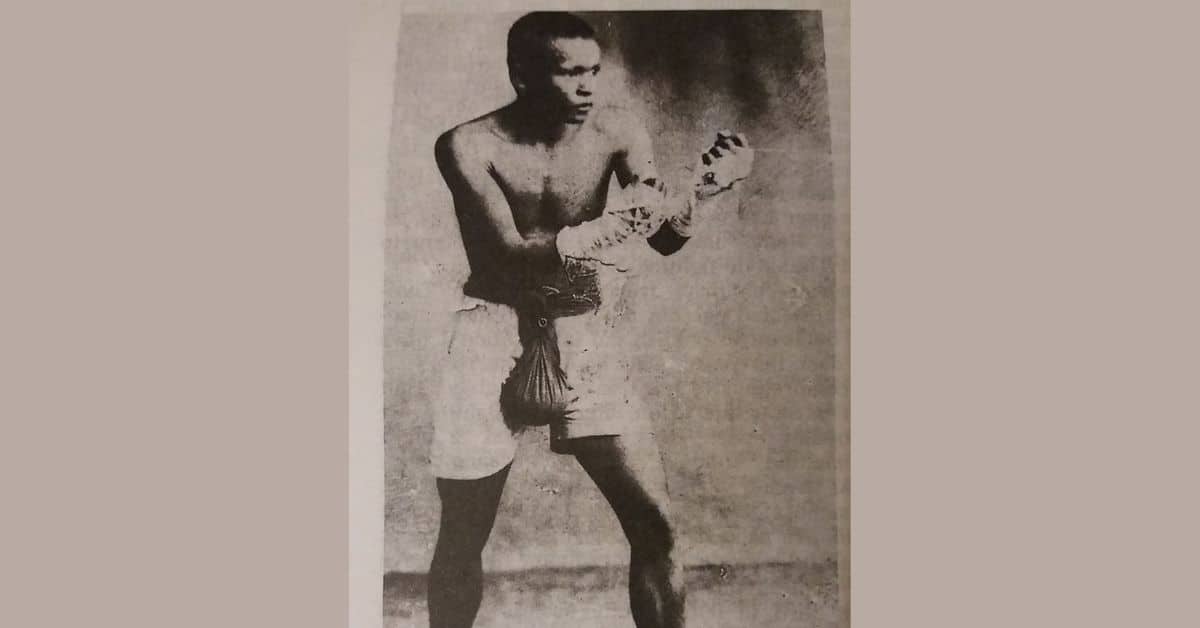Muay Lopburi – Thailand’s Oldest Martial Art
Muay Lopburi is Thailand’s oldest form of Muay Thai with over a thousand years of history. It is one of the four styles of Muay Boran and by far the most ancient. It even shares relations with monkeys and one of the avatars of Vishnu.
Muay Boran is the name given to the various forms of Muay Thai before the sport was given universal rules. The name translates to ‘Ancient Boxing.’ There were four primary styles of Muay Boran, one of which is Muay Lopburi. The other three are Muay Tha Sao, Muay Korat, and Muay Chaiya. Additionally, Krabi Krabong could also be included to be a form of Muay Boran but is an armed form of combat.
Lopburi and Rama
Muay Lopburi was founded in the Lopburi region of Thailand, hence the name. According to legend, an avatar of Vishnu, Rama, famously loosed an arrow into a mountainside, flattening it, and this was the founding of the city of Lopburi. At the center of the city is a pillar shrine, named Lukson Shrine, which is said to be the arrow Rama initially sent.
Rama, a Hindu God and an avatar of Vishnu, is named Phraram in Buddhist Thai texts. Tourism Thailand explains:
“The reason it is called Sorn Phraram is because Ramayana was assumed to be the myth of this city, after ending war with Thossakan Phraram returns to rule Ayutthaya and wishes to build a city there; where his arrow had landed Phraram commanded the mountains to vanish … after all duties were accomplished Phraram named the new city, Lopburi. For this reason, locals explain that the city shrine is Phrarams’ arrow which had turned to stone.”
Tourism Thailand

Due to this legacy, Nak Muays (Fighters) from this region will include a bow and arrow form during the Wai Kru, called ‘Phra Rama Plaeng Sorn’ which translates to ‘Rama shooting an arrow.’ The Wai Kru is the Buddhist dance and prayer which fighters perform before a match.
Most notably, kickboxing and Muay Thai superstar Buakaw performs a bow and arrow loosing move as part of his Wai Kru. Buakaw was born just a few hours outside of Lopburi.
Origins of Muay Lopburi
Legend has it that in the year 675 AD a hermit named Sukatanta developed a martial arts school by the name of Khao Samor Khon in the city of Lopburi. Sukatanta was a Ruesi which means he was a monk who had reached enlightenment through meditation. Is it said that Ruesi‘s had healing powers, were herbal experts, could see the future, and knew the secrets of hand-to-hand combat, among other powers. Mentions of Ruesi are found in both Buddhist and Hindu texts and will sometimes be referred to as Rishi.
Sukatanta would teach Muay Lopburi to the king of the Sukhothai Kingdom Ram Kamhaeng. King Khun Ngam Muang, of the Phayao Kingdom, also studied at the Khao Samor Khon martial arts school as late as the 1200s. It would nearly become a tradition that kings for hundreds of years would learn Muay Lopburi including Ayutthaya Kings Narai and Sanphet VIII in the 16 and 1700s, plus King Rama V in the 1800s.
The city of Lopburi has an extremely high population of monkeys which live alongside the people. The monkeys are officially named Crab-eating macaques. The style of Muay Lopburi is thought to have drawn inspiration from the local monkeys due to its nonstop movement and tricks.

Muay Lopburi as a Martial Art
The basic philosophy of the Muay Lopburi style of combat is based on fast movements, straight punches, and tricks. Nak Muay athletes utilizing Muay Lopburi must always be moving their feet and striking quickly at their opponents when there are opening.
There are two minor styles taught under Muay Lopburi, these being Muay Kiao and Chalat Chok. Chalat Chok means ‘Intelligent Punching’ and Muay Kiao means a fighter must always be moving, whether on defense or offense.
Muay Lopburi students will utilize a stance named ‘Phra Kan Poed Lok’ which translates to ‘The Dark Lord who Shatters the World.’ The stance has one foot in front of the fighter with the toes facing the opponent. The back foot is turned facing away from the fighter. Rolled in front of the Nak Muay with the finger knuckles pointing toward the sky.
There are three slight adjustments to the stance that a fighter may use. A two-pit stance is the standard one discussed above. A three-pit stance, but the fighter will take one step back with their rear foot, this is a wider form. Plus the one-pit stance in which a fighter lifts their lead knee and leans forward slightly.
There is more than one way for a fighter to ball their fist in Muay Lopburi. The basic fist form has the thumb tight across the index and middle finger, this is standard across all martial arts. Muay Lopburi also has the leopard fist which is an open style of fighting, similar to what Pancrase fighters, such as Bas Rutten, would have done in the early 1990s. Swan’s eye fist has the index finger knuckle pointing out, the lion’s fist has the middle finger pointing out, and the Bengal tiger fist which is making a claw with your hand.
Regardless of stance, the basic philosophy is Muay Lopburi is for a fighter’s hands and feet to be quick a flexible. Movement and speed are the basic ideas behind this martial art/
Below are the 16 basic Mae Mai’s which a Nak Muay must master to be a good Muay Lopburi fighter. These moves are inspired by elephants, monkeys, and the God Rama.
- “Erawan Soei Nga” which means ‘the uppercut of Erawan’s tusks’ – To counter an opponent’s punch, a Muay Lopburi fighter will use an uppercut on their chin.
- “Kotchasarn Torn Ya” which means ‘an elephant plucking weeds’ – To counter a high kick, grab their ankle and shove them to the ground.
- “Kotchasarn Taeng Nga” which means ‘an elephant thrusting its tusks’ – To counter an opponent’s high kick, try throwing both elbows into their chest.
- “Hak Nguang Aiyara” which means ‘breaking an elephant’s trunk’ – To counter a kick, grab their leg and elbow it in a downward motion.
- “Hak Koh Erawan” which means ‘breaking Erawan’s neck’ – When your opponent throws a straight punch, dodge to the side and strike their neck. Follow this by clinching their head and knee them in the head with both knees.
- “Ling Ching Look Mai” which means ‘monkeys fighting for fruits’ – When an opponent throws a body kick, step forward and punch them in the chest.
- “Ling Pliu” which means ‘a flexible monkey’ – To counter a head kick, duck under, and knee them in the back.
- In “Hanuman Torn Toh” which means ‘Hanuman removes a stump’ – To counter a body kick, grab their ankle, and kick them in the upper thigh to kick out the supporting leg.
- “Hanuman Tawai Waen” which means ‘Hanuman offering the rings’ – This is a strike with both fists.
- “Khun Yak Jab Ling” which means ‘a giant catching a monkey’ – To counter a straight punch, wrap your arm around their head. Muay Boran, unlike Muay Thai, had more submissions and joint locks.
- “Phra Ram Now Sorn” which means ‘Rama shooting an arrow’ – When your opponent throws an elbow, grab it, and push it up.
- “Khun Yak Pha Nang” which means ‘an ogre kidnapping a lady’ – Go behind your opponent and sit down, grab their hips and pull them, and lift your knee so they fall onto your knee.
- “Hiran Muan Phan Din” which means ‘Ogre Hiran rolling the Earth’s crust’ – To counter a body kick, elbow them in the knee and then head.
- “Yok Khao Phra Sumen” which means ‘lifting Mount Meru’ – To counter a punch, duck low, then strike them with an uppercut. Follow up with a flurry of punches.
- “Guang Liao Lang” which means ‘a deer looking back’ – Lean back to dodge their punch, lean back and kick them in the body.
- “Lom Ploy Aye” which means ‘when the enemy falls, you feel embarrassed also’ – If your opponents hits the ground, you are to follow them down and hit them with more strikes.
In addition to the above, there are 11 movements to a Muay Lopburi Wai Kru. Ahead of a fight, a Muay Thai fighter will always perform a Wai Kru as a prayer. For a Muay Lopburi Nak Muay, there are 11 movements which must be performed, and these are related to the bow and arrow of the God Rama.
Muay Lopburi fighters are still closely linked to their ancient roots. The strikes and Wai Kru that a Muay Lopburi Nak Muay will use have many moves inspired by the arrow sent by the God Rama thousands of years ago. Additionally, fighters will where a Mongkon on their head and Pra Jiad on their arms, both of which will be blessed by Buddhist monks.
Quick feet combined with tricks make experts believe that this martial art was inspired by the thousands of monkeys who inhabit the city of Lopburi. To be an expert in Muay Lopburi, a Nak Muay must have fast hands and feet.

